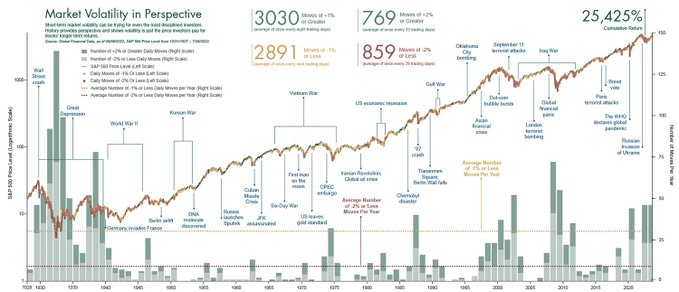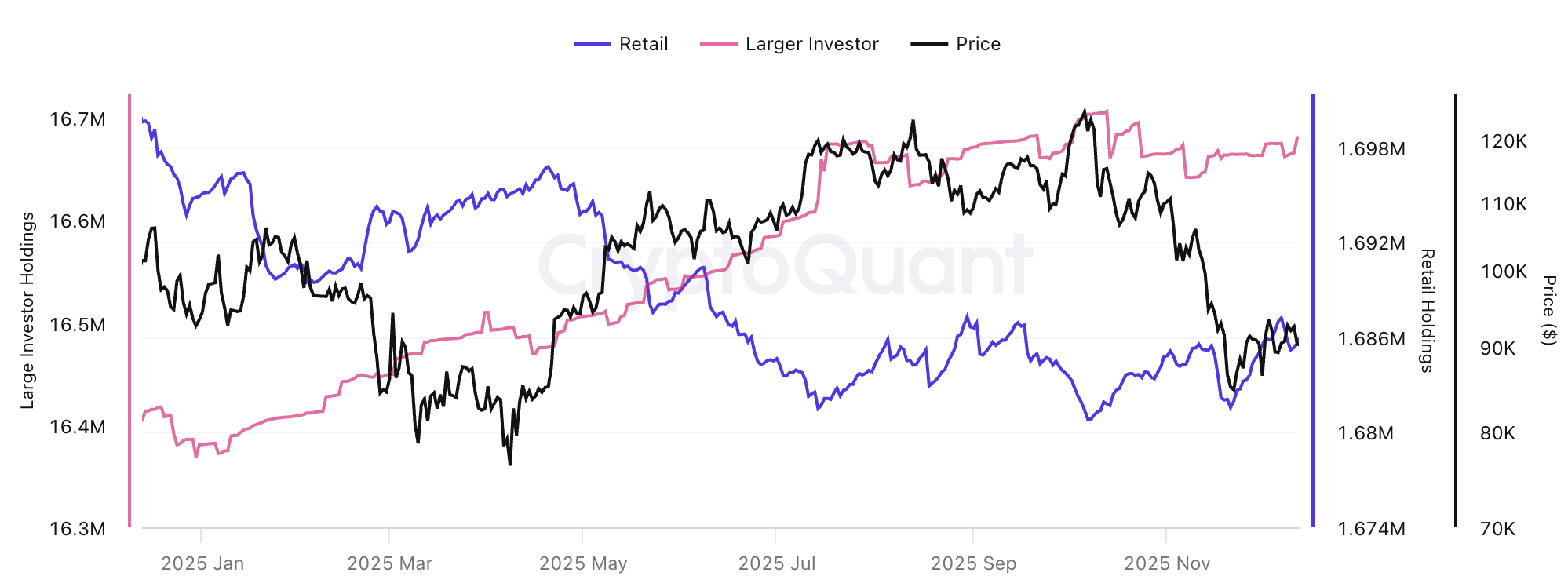
Absolutely. Japan’s crypto-friendly regulations—such as clear licensing for exchanges and consumer protections—increase investor confidence, attracting more participation. Positive regulatory news often coincides with BTC rallies, while uncertainty or stricter rules can temporarily dampen price movements.  ️
️































 Games should now run smoother, addressing performance problems players experienced on the new console. More updates are expected in the coming weeks!
Games should now run smoother, addressing performance problems players experienced on the new console. More updates are expected in the coming weeks!
 Walking Wake and Iron Leaves return as Five-Star Tera Raid bosses from Dec 18 – Jan 4. Walking Wake is exclusive to Scarlet, Iron Leaves to Violet. Level 75, Tera-Water and Tera-Psychic types—bring level 100 counters for safety. Don’t miss your chance to add these rare Paradox Pokémon to your Pokedex!
Walking Wake and Iron Leaves return as Five-Star Tera Raid bosses from Dec 18 – Jan 4. Walking Wake is exclusive to Scarlet, Iron Leaves to Violet. Level 75, Tera-Water and Tera-Psychic types—bring level 100 counters for safety. Don’t miss your chance to add these rare Paradox Pokémon to your Pokedex! 





 ️
️
 After a prolonged downtrend, price has finally stabilized within the 0.5–0.618 Fibonacci retracement zone, where volatility noticeably compressed. This area acted as a clear demand cluster, suggesting sellers have exhausted momentum.
After a prolonged downtrend, price has finally stabilized within the 0.5–0.618 Fibonacci retracement zone, where volatility noticeably compressed. This area acted as a clear demand cluster, suggesting sellers have exhausted momentum. Hello everyone.
Hello everyone. ETH has undergone a sharp correction, dropping from the 3,380–3,400 zone directly into the 3,180–3,200 FVG, where price reacted firmly. This move signals a clear liquidity sweep — a deep probe to collect orders before bouncing at a key demand pocket, reinforcing this FVG as short-term support.
ETH has undergone a sharp correction, dropping from the 3,380–3,400 zone directly into the 3,180–3,200 FVG, where price reacted firmly. This move signals a clear liquidity sweep — a deep probe to collect orders before bouncing at a key demand pocket, reinforcing this FVG as short-term support.